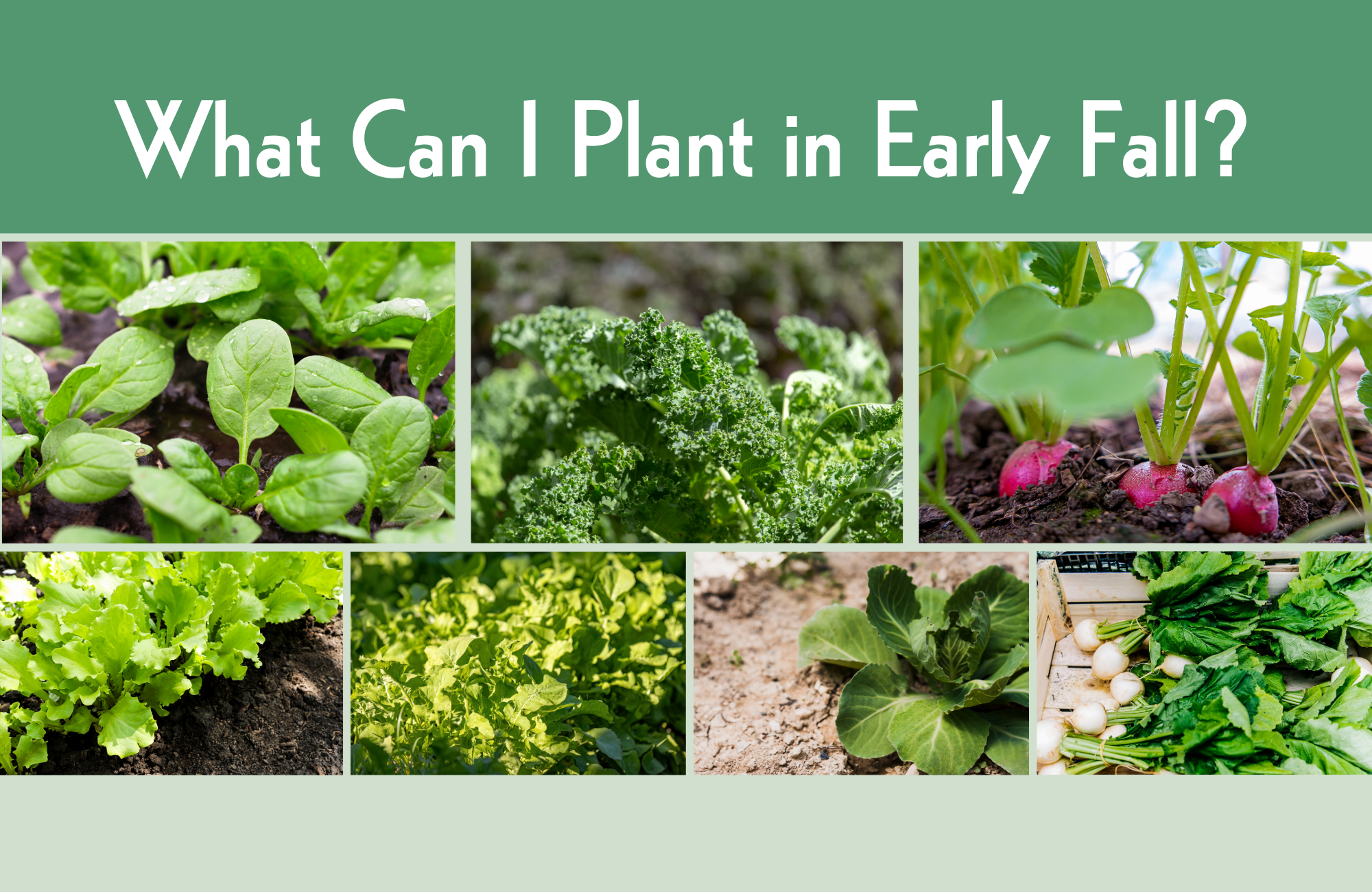As back-to-school approaches it can feel like planting the garden was all but a distant memory. But with the cooler temps comes a whole new potential garden season! While some plants like broccoli and cabbage commonly need to be started in the summer to be ready in time for a fall harvest, there are still plenty of plants you can start growing in early fall! Of course what you can plant in early fall depends on your location, so as a first step be sure to check the Growing Calendar in Planter to see which plants can be grown now in your local area. This article covers some of our favorite, cold-hardy crops that can be planted in early fall.
Spinach

Considering spinach is often harvested for its tender baby leaves, it’s amazing just how cold-hardy it is. Depending on the conditions, spinach can still be going strong with minimal frost protection and snow on the ground! With added protection, some cold-climate gardeners are even able to overwinter spinach for harvests right through winter and into the following spring. Spinach is also a super fast-growing crop that can be ready to harvest in as little as 35 days- so even if you don’t feel like using season extension techniques you can still get a solid fall crop of spinach. And as the weather cools down there is less risk of your spinach bolting, meaning you can get a prolonged harvest if you only pick the outermost leaves.
Kale

Kale is about as cold-hardy as plants come, which makes it a potential candidate for early fall sowing. That being said, like most every plant kale’s growth will slow to almost a standstill once the temperatures approach freezing. To get a fall (and potentially winter!) harvest of kale you’ll need at least 55 days for the plants to reach maturity. If you don’t have that long left in your growing season, you still have options to grow kale. You can look for pre-started kale transplants at your local garden center (although they might be hard to come by), or you can seed intensively and harvest baby kale leaves as a delicious delicacy!
Radishes

Radishes are a classic crop for fall planting as they grow so quickly and are also quite cold-hardy. Radishes can reach maturity in as little as 25 days, meaning you can keep on planting successions of radishes almost right to the bitter end of your growing season. Radishes grown in cooler, wetter weather can be less spicy than their summer-grown counterparts so if you’re not a fan of the typical radish bite you might like fall (and spring) grown radishes. If your radishes do not bulb up as your first frost date approaches you can also harvest them for their green tops, which can be cooked up in stir-fries and soups. If you’re after the radish greens you will want to pull your radishes before frost comes or otherwise use season extension techniques to protect them as the greens do tend to get droopy with the frost.
Lettuce
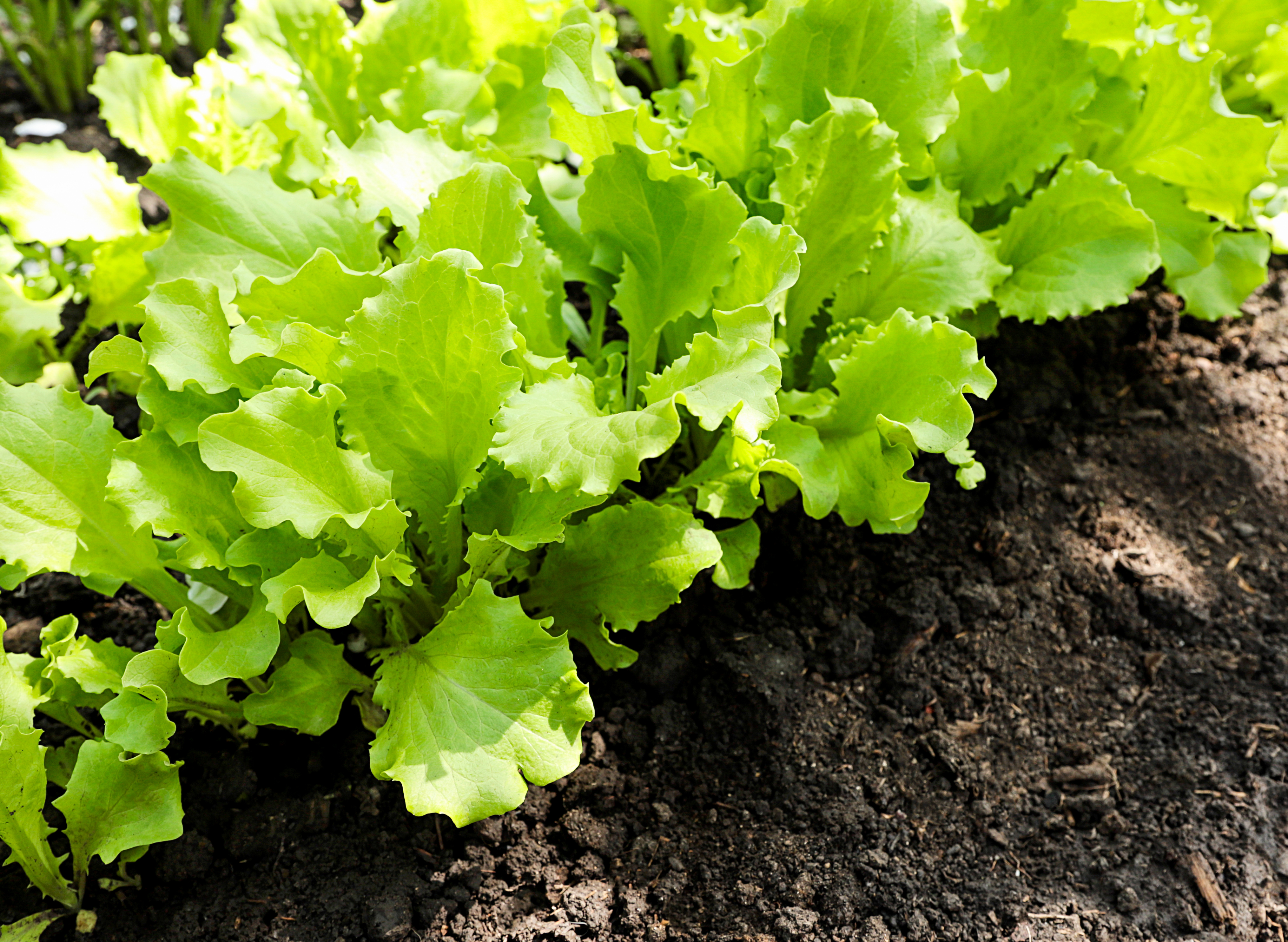
Lettuce is a semi-frost tolerant plant that grows at its best in cool-ish temperatures. If you grow loose-leaf lettuce as a cut-and-come-again crop, rather than aiming for a full-sized lettuce head, you will be able to harvest your lettuce much earlier. Ideally, look for lettuce varieties that are more cold-hardy and well-suited for late-season planting. While lettuce can handle a light frost, if a nighttime frost is in the forecast you may still want to temporarily cover your lettuce with row cover, plastic, bedsheets, or towels, as a preventative measure. Even if frost doesn’t take out the plant entirely, frost damage on the leaves can render them inedible.
Arugula
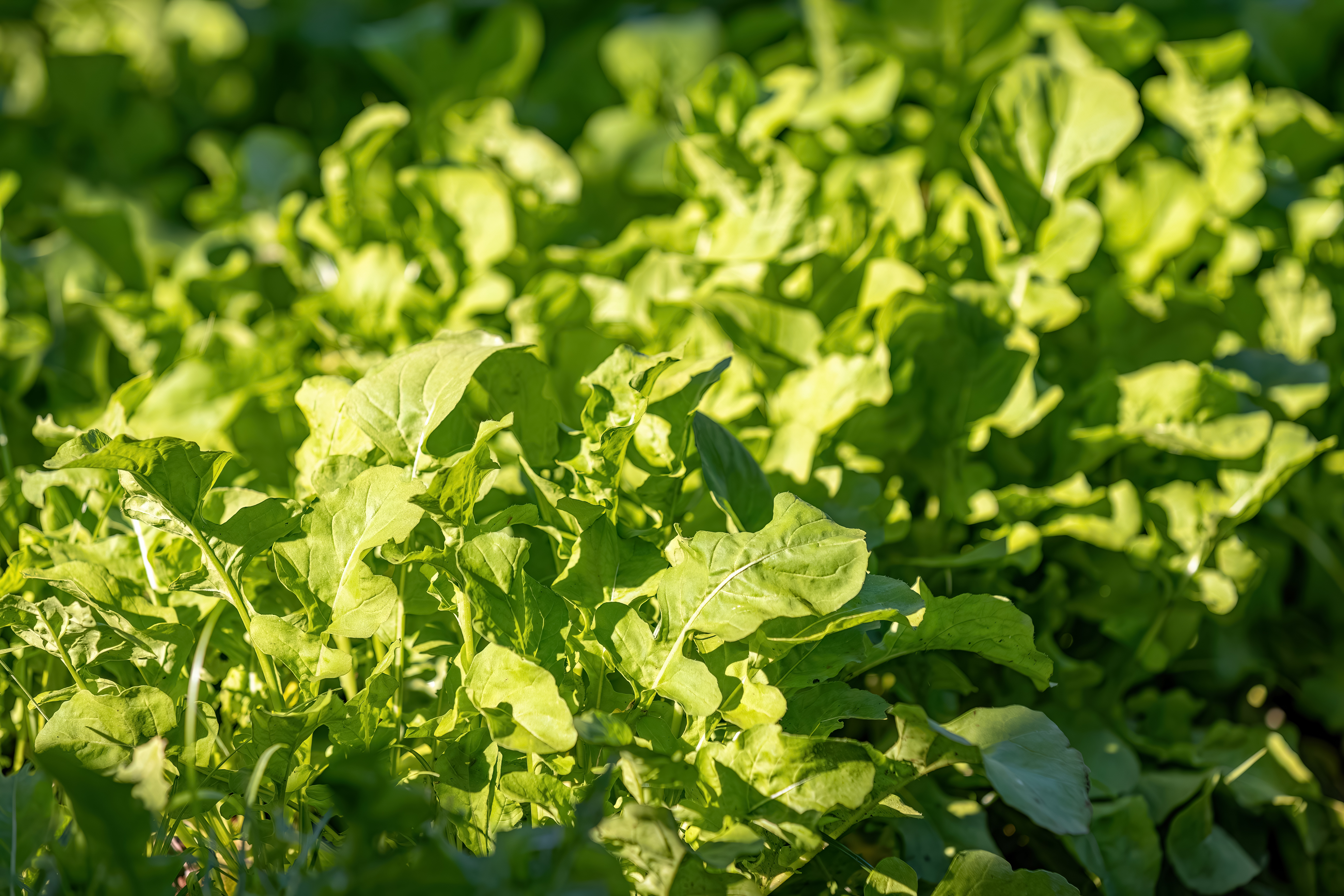
Arugula is a rather spicy green that may not appeal to everyone, but if you can handle its peppery punch it is a prime candidate for fall planting. Arugula can reach maturity in as little as 28 days and the seeds can germinate in cool soil. Like lettuce, arugula is semi-tolerant of frost- so you may want to err on the side of caution and cover it up if frost is in the forecast. Cut or pick just the outermost leaves of the arugula, leaving the growing crown intact, to keep the harvests going. Arugula is much less likely to bolt in the cooler weather, so you may be able to harvest it continuously until a freeze takes it out!
Bok choy
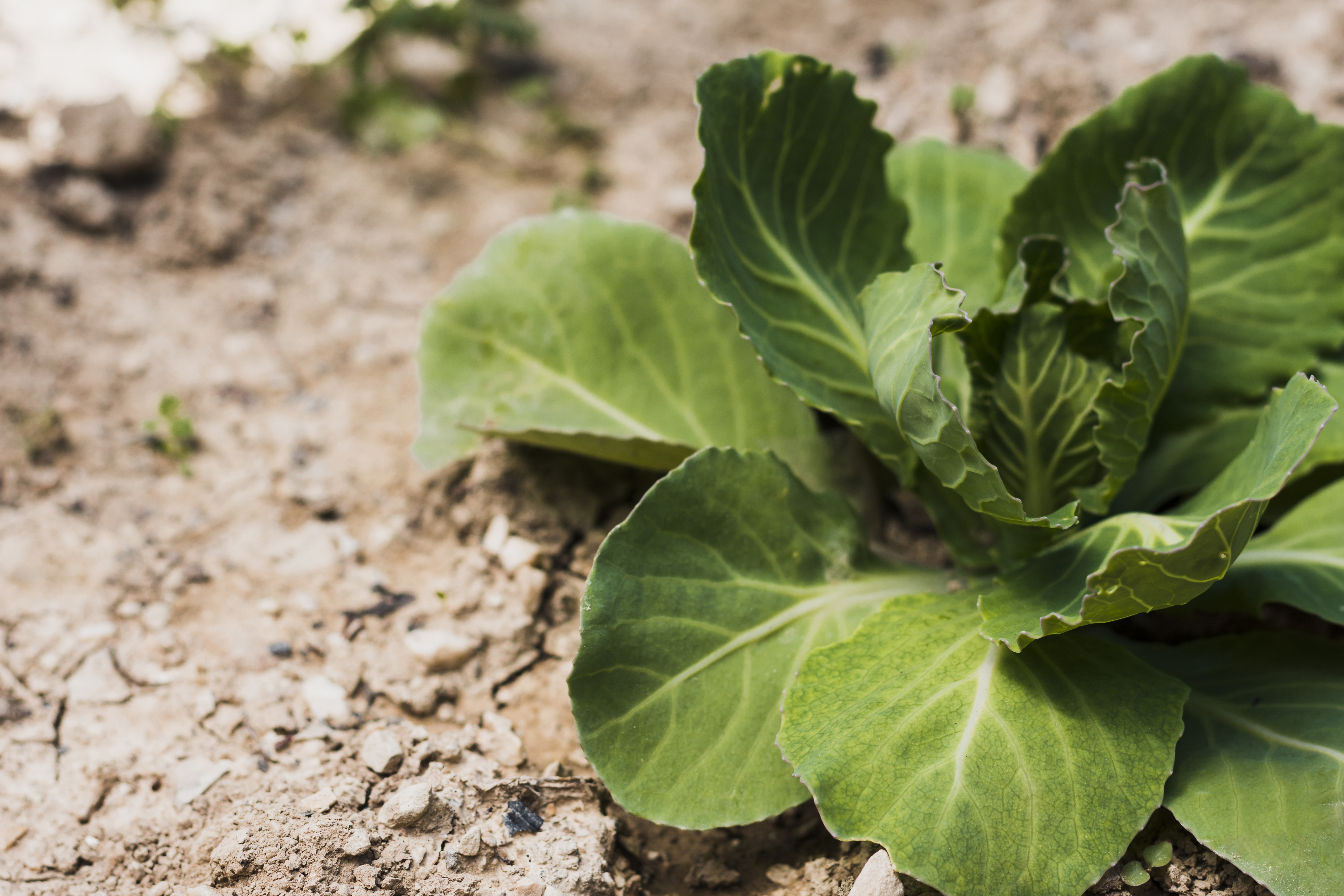
Bok choy, also known as pac choi or chinese cabbage, is a frost tolerant member of the brassica family that is a delicious addition in stir fries, soups, and noodle dishes. Some varieties of bok choy can be ready to harvest in as little as 30 days, but many can take 45-60 days– so be careful to select a variety that will be able to reach maturity in the remainder of your growing season. If your bok choy doesn’t quite reach full size by the time heavy frosts set in, you can still harvest it on the smaller side as ‘baby bok choy’.
Hakurei turnips
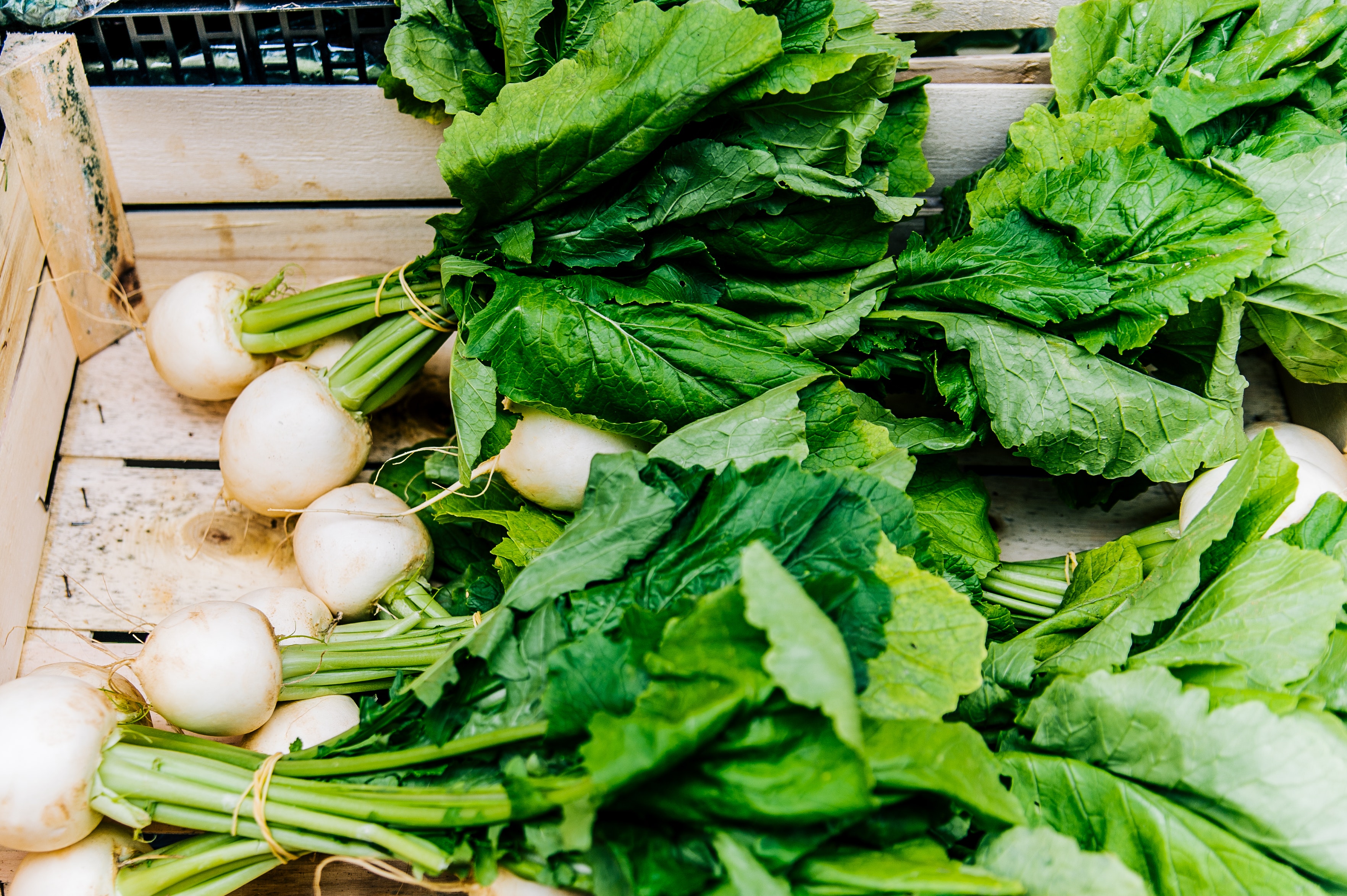
While the larger, standard grocery store turnips are typically slow-growing plants that take their time to mature, there are smaller ‘hakurei salad turnip’ varieties available that can be ready to harvest in as little as 35 days! Hakurei turnips are frost tolerant, and although the greens may take a beating with heavier frosts the roots will remain sweet, juicy, and crisp- just be sure to get them out of the ground before a hard freeze sets in. Or, like radish, if the roots don’t end up reaching full size you can at least use the tops to cook with. Hakurei turnips add nice variety to a late-season harvest that can often be mostly greens.
While the end of summer can be bittersweet, in the garden it’s the perfect time to get some new crops growing! Take advantage of the more comfortable temperatures to get outside and plant a fresh round of veggies for late-fall harvests!
